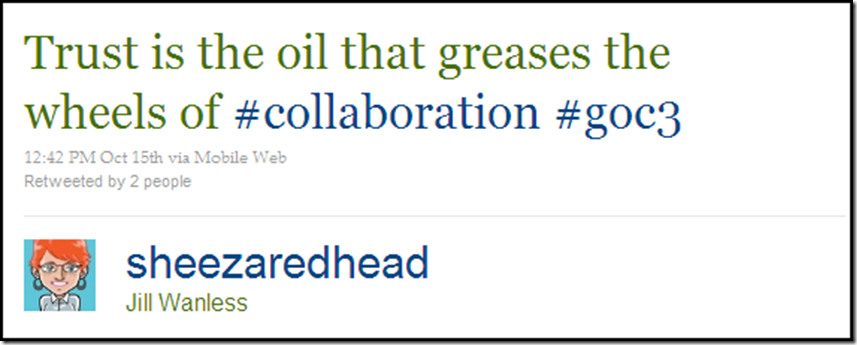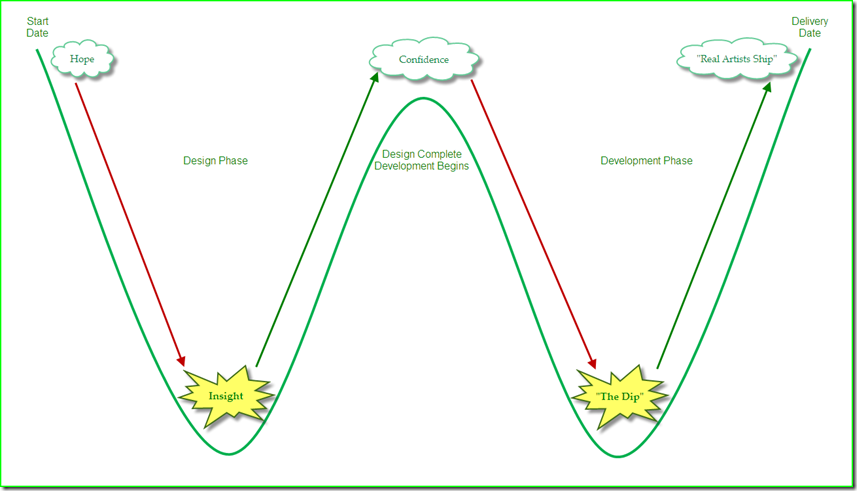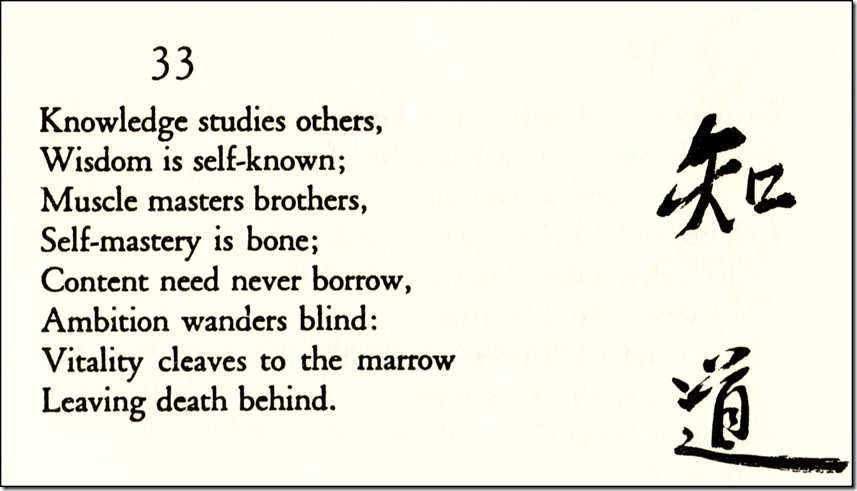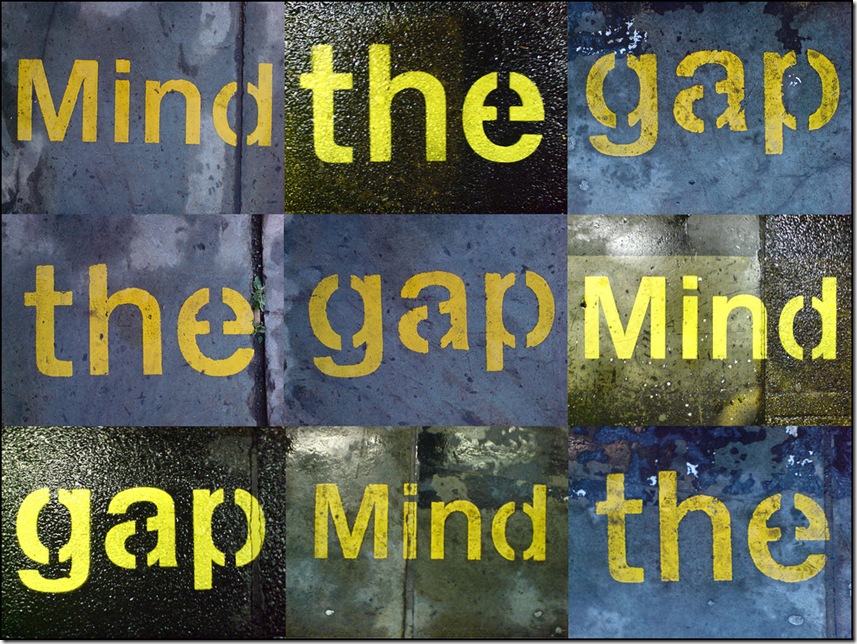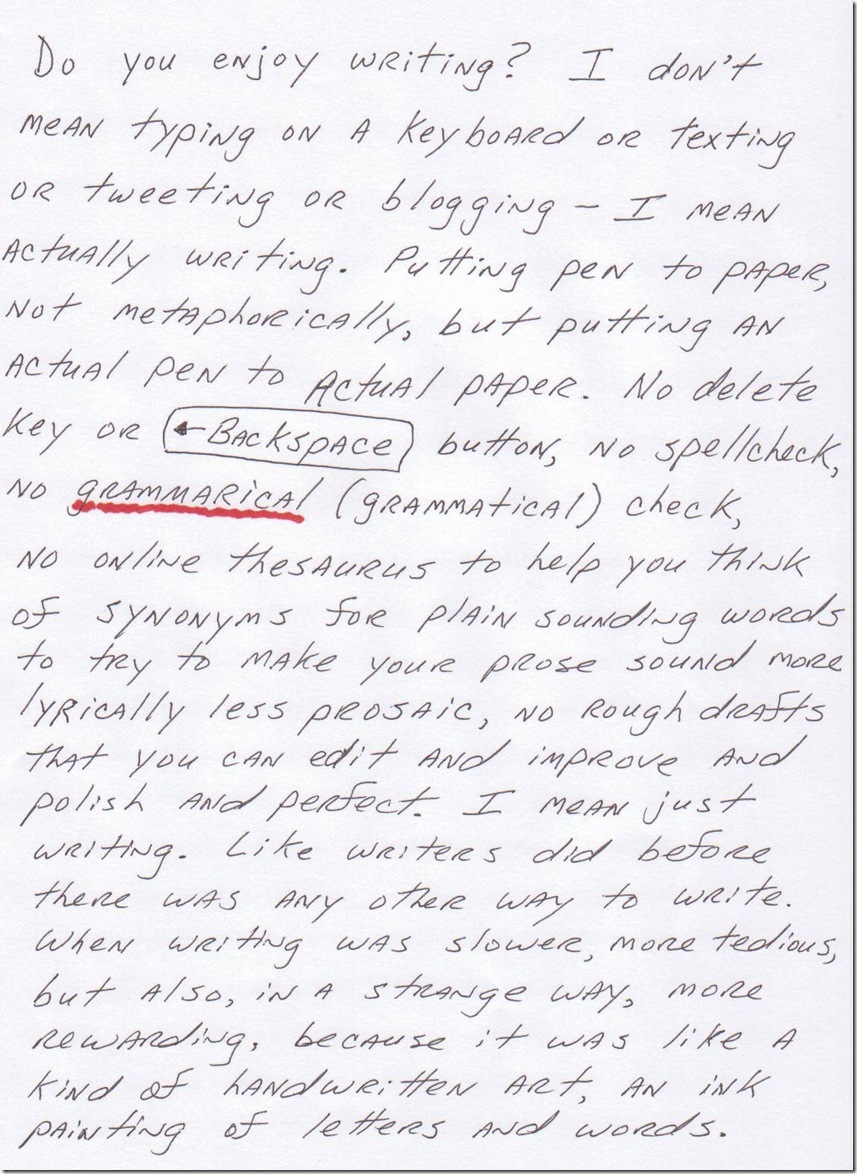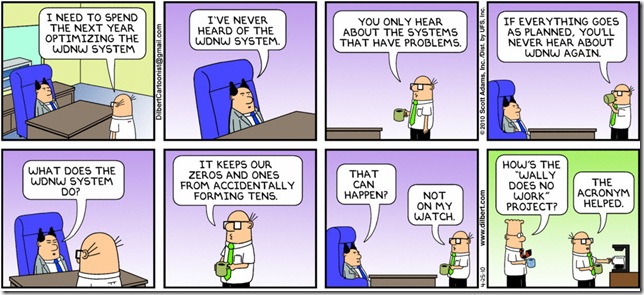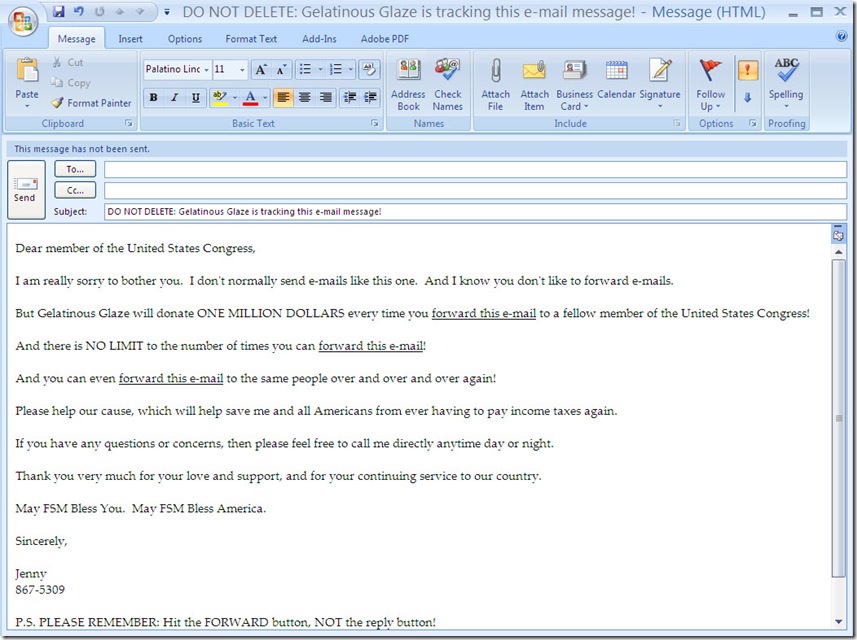No, this is not going to be a blog post about postal address data quality.
It is understandable, however, if that was your first impression. An envelope is commonly associated with mailing some form of written correspondence, either of a personal nature (e.g., a greeting card) or of a business nature (e.g., a bill requesting payment).
Although the history of envelopes is somewhat interesting, and its future is somewhat uncertain in our increasingly digital world, in this post, I’m going to use envelopes—regular readers will be less than shocked—as a metaphor for effective communication.
The History of Human Communication (An Abridged Version)
Long before written language evolved, humans shared their thoughts and feelings with others using hand and facial gestures, monosyllabic and polysyllabic grunting, as well as crude drawings and other symbolism.
As spoken language evolved, it increased our ability to communicate by using words as verbal symbols for emotions and ideas. Listening to stories, and retelling them to others, became the predominant means of education and “recording” our history.
Improved symbolism via more elaborate drawings, sculptures, and other physical and lyrical works of artistic expression, greatly enhanced our ability to not only communicate, but also leave a lasting legacy beyond the limits of our individual lives.
Written language, it could be argued, provided a quantum leap in human evolution. Writing (and reading) greatly improved our ability to communicate, educate, record our history, and thereby pass on our knowledge and wisdom to future generations.
Of course, both before and after the evolution of written language, music played a vital role in the human experience, and without doubt will continue to powerfully communicate with us through instrumental, lyrical, and theatrical performances.
Even if nowadays we get most of our stories from television, movies, or the Internet, and less from reading books or from having in-person conversations, listening to the stories of others continues to play an integral role in human communication.
One of the best aspects of the current digital communication revolution is that it is reinvigorating the story culture of our evolutionary past, providing us with more immediate and expanded access to our collective knowledge, experience, and wisdom.
The Symbiotic Relationship of Message and Medium
Marshall McLuhan coined the phrase “the medium is the message” to indicate that the form of a medium embeds itself within the message, thereby creating a symbiotic relationship through which the medium influences how the message is perceived.
McLuhan believed that the medium through which you receive a message effects your understanding of it. Going even further, he adamantly believed that how the message is delivered is more important than the information content of the message itself.
Compare that perspective with the 7%-38%-55% rule of Albert Mehrabian, which explains that when others are evaluating your in-person communication of your feelings and attitudes (e.g., whether you like or dislike something), here is how the relative importance of the factors involved are distributed:
- 7% Verbal (i.e., the words that you speak)
- 38% Vocal (i.e., the tone of your voice)
- 55% Visual (i.e., your facial expressions and other gestures)
Mehrabian repeatedly emphasized that this formula is only accurate for face-to-face—and emotionally charged—discussions.
In other words, he was not discounting the value of verbal communication in favor of non-verbal. Mehrabian was trying to explain why, under certain circumstances, your words matter far less than you think they do—and believe they should.
Even as the digital age continues to bring us new mediums and new messages, both McLuhan and Mehrabian were emphasizing a somewhat similar and still extremely relevant point about the inherently complex nature of human communication:
Your message does matter—but how you deliver it, matters just as much.
The Importance of Envelopes
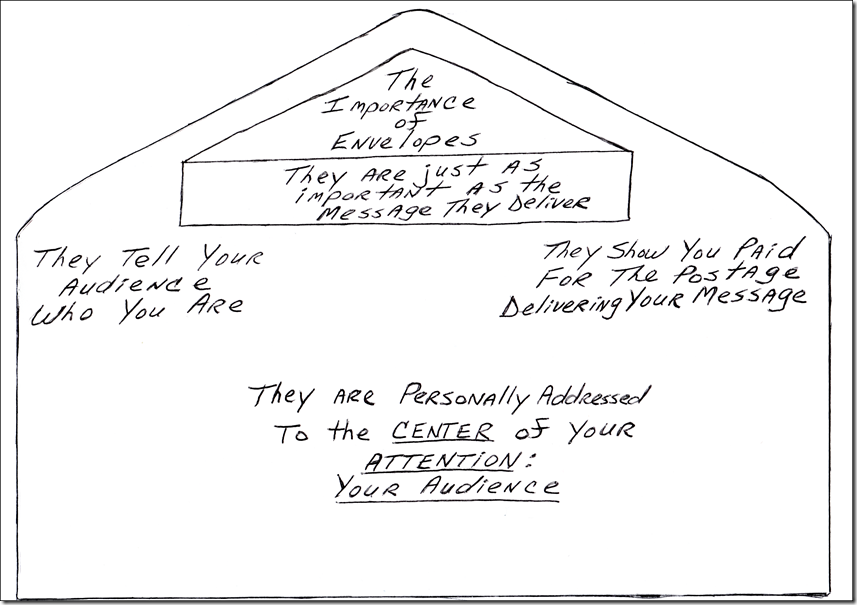
Envelopes are just as important as the message they deliver for the following three reasons:
- Envelopes tell your audience who you are
- Envelopes show you paid for the postage delivering your message
- Envelopes are personally addressed to the center of your attention: your audience
Envelopes tell your audience who you are
Your envelope is your first impression—and we all know how many chances you get to make a good one of those.
Envelopes tell your audience who you really are—and I am not talking about your résumé, LinkedIn profile, and about page. Those things don’t tell your audience anything other than why you think you’re so damn special that they should listen to you.
Don’t make your audience hear this every time you open your mouth (or write a sentence, or interpretively dance, or whatever):
“Me, me, me, me—I am so important that you should listen to only—me, me, me, me!”
Your envelope is about your personality, integrity, and humanity—and not about your professional and academic qualifications. Your envelope should prove that you are a human being, first and foremost. All of that other stuff is mostly fluff anyway.
Envelopes show you paid for the postage delivering your message
Paying for the postage on your envelope means that you performed the preparation necessary before delivering your message.
Paying for the postage means that you have done your research. You understand what your audience is looking for, and you have put thought and care into how to best deliver them useful information or provide them assistance with a specific problem.
Proving you literally paid the postage on a mailed letter is obvious since the recipient would not otherwise receive your letter.
Unfortunately, it is not that obvious with all of your messages, neither for you nor for your audience. Oftentimes, it won’t be until after your message has been received that your audience will decide if you have effectively delivered your message.
If you have not, then they’ll mark your message Return to Sender—because you clearly didn’t pay the postage on your envelope.
Envelopes are personally addressed to the center of your attention
Ancient Roman amphitheatres were so-named because of their shape, which resembled that of two theatres joined together, forming a central performance space surrounded by ascending seating, thus maximizing their capacity for large audiences.
Amphitheatres literally put the performance on center stage, thus making the performer the center of the audience’s attention.
When delivering your message, and regardless of the actual logistics of the venue, you are probably imagining yourself standing on center stage, with all of your audience’s eyes and ears properly focused on you, and only you, just like it should be—NOT!
Here’s the program for the actual performance: Your audience isn’t here for you—you are here for your audience.
Therefore, you must always be focused on what you are or aren’t doing for your audience. If instead you are focused more on yourself than you are on your audience, then don’t be too surprised if you don’t have much of an audience—if any at all.
Your envelope must always be personally addressed to the center of your attention, which must always be your audience.
Effective Communication
The importance of envelopes is they remind us that the way we deliver our message is just as important as our message.
Regardless of how we are communicating, whether it be writing, blogging, presenting, speaking, or an in-person conversation, we need to always remember the importance of envelopes—both our own envelopes as well as the envelopes of others.
Practicing effective communication requires shutting our mouth, opening our ears, and empathically listening to each other, instead of continuing to practice ineffective communication, where we merely take turns throwing word-darts at each other.
My message to you
Since earlier in this blog post, I used an illustration of an envelope, I thought it best to conclude with an illustration of a message:


